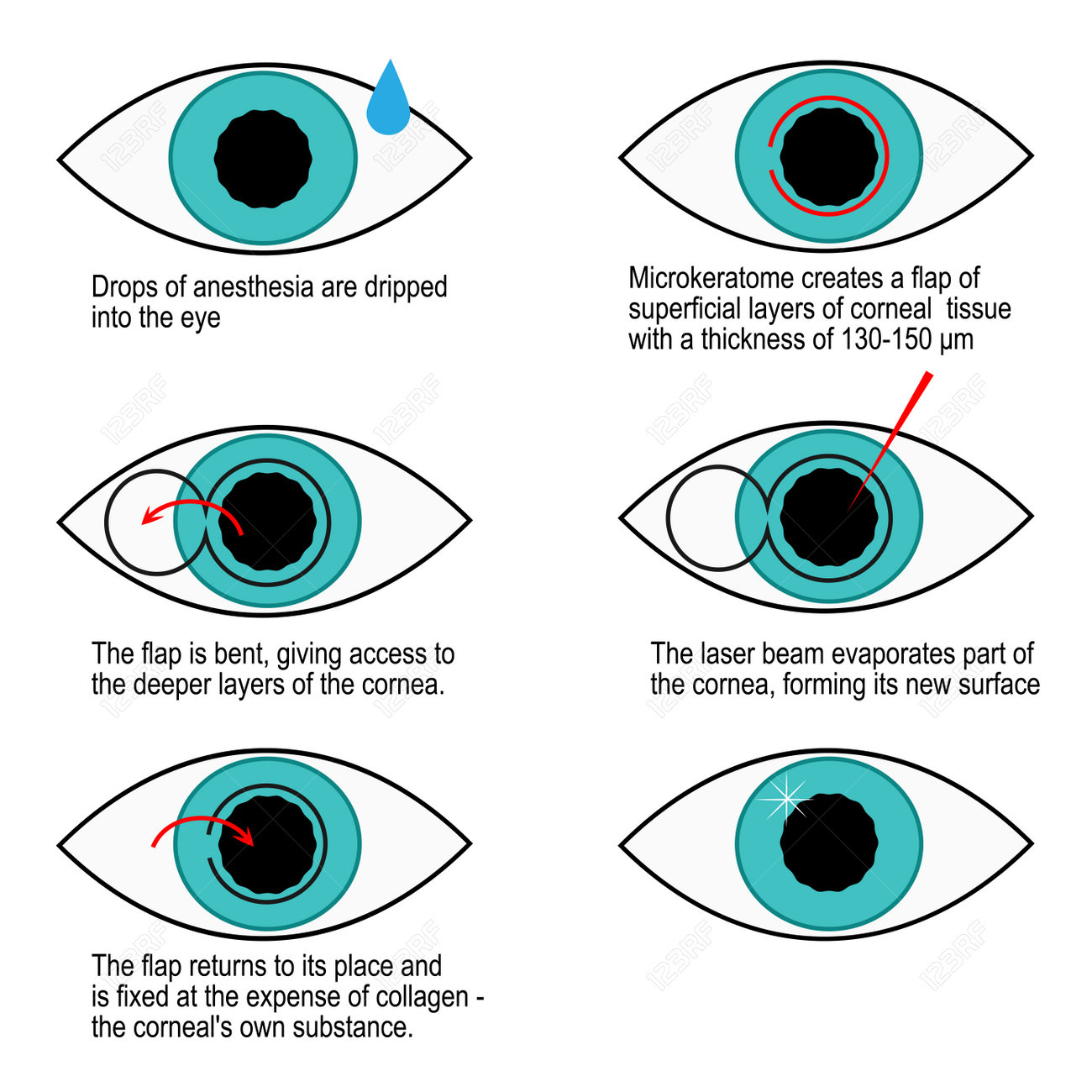Comprehending The Different Sorts Of Intraocular Lenses For Cataract Surgical Treatment

Article by-Langballe Tucker
During cataract surgical treatment, your all-natural lens is eliminated and changed with a synthetic lens. Your doctor will certainly review with you the different types of IOLs available to decrease or eliminate your need for glasses after surgery.
Basic IOLs have one focusing distance and are usually set for clear range vision. Premium IOLs, likewise called multifocal or accommodative lenses, have zones with different focusing toughness to permit you to see far and wide items without glasses.
Monofocal IOLs
Requirement monofocal lenses are used most often to remedy cataracts during a treatment called refractive lens exchange (additionally known as clear lens exchange). The cataractous natural lens is replaced with an artificial one, causing boosted vision.
These IOLs give clear vision at a solitary distance. They are typically readied to optimize your distance vision, yet you will certainly still need checking out glasses for close to objects.
These lenses are made from an acrylic product that is flexible and also collapsible. This allows your ophthalmologist to put them into the exact same cut whereby your all-natural lens was gotten rid of throughout surgery. Your ophthalmologist can review your IOL options with you and suggest the most effective strategy for your visual needs.
Multifocal IOLs
These exceptional lenses offer a series of focus areas, getting rid of the need for glasses to see up close, far or in between. This is achieved with numerous specifically created focusing powers or by fitting (transforming shape) the lens. It may take a while for your mind to adjust to these lenses, but the vision they provide is well worth the initiative!
These lenses are divided right into 2 main groups based on exactly how they bend light to create multiple retinal pictures. They can be classified as refractive multifocal and diffractive multifocal lenses.
Refractive Multifocal IOLs possess numerous curvatures to create "refractive areas" that bend light to create numerous retinal photos with various dioptric powers. Suggested Website allows for a greater degree of picture high quality without being dependent on the size of the student. Examples include the Tecnis Multifocal and Panoptix.
Toric IOLs
In individuals with astigmatism, the contour of the cornea is slightly imperfect, so light entering the eye is not concentrated in one place on the retina. This leads to fuzzy vision. During cataract surgical procedure, toric IOLs are aligned so the lens's steepest section matches this curve as well as creates clear, sharp vision.
Toric IOLs are an excellent alternative for people who need cataract surgical procedure as well as intend to decrease their dependence on glasses or call lenses. However, a toric IOL needs to be perfectly straightened for optimal aesthetic outcomes. For each 3 degrees of imbalance, the IOL is 10% less efficient.
To lessen https://postheaven.net/eldridge4treena/the-perks-as-well-as-threats-of-refractive-surgical-procedure of postoperative IOL turning, the sensory viscoelastic device (OVD) need to be thoroughly eliminated from the capsular bag prior to IOL insertion. During https://www.dailystrength.org/journals/innovations-and-also-developments-in-refractive-surgery , the cosmetic surgeon must carefully mark the steepest factor of the cornea to help assist the IOL's axis after it is implanted. This aids protect against the client from needing to go through surgical procedure once again to have the IOL re-aligned.
Prolonged Depth of Focus (EDOF) IOLs
A brand-new technology has actually lately arised in the therapy of presbyopia called Extended Depth of Focus (EDOF). These lenses utilize a single elongated focal point to enhance range of vision. The resulting lenses do not have the multiple points of focus of multifocal IOLs, which can create halos as well as glare for some people.
An optimal EDOF lens would provide a sharp emphasis over an array from plano to -1.50 D, enabling patients to see near, intermediate, as well as range items without glasses. The first EDOF IOL to be introduced was the diffractive layout of the Tecnis Symfony IOL, which makes use of light-splitting rings to expand the range of vision. However, this layout can trigger a decrease in contrast sensitivity that many people do not endure well.
A newer non-diffractive EDOF IOL is the Vivity IOL, which integrates aspheric optics with a pinhole layout to raise deepness of focus. This design lowers caused aberrations and may cause far better comparison sensitivity, though it does not fully proper for astigmatism or allow for useful near vision.

